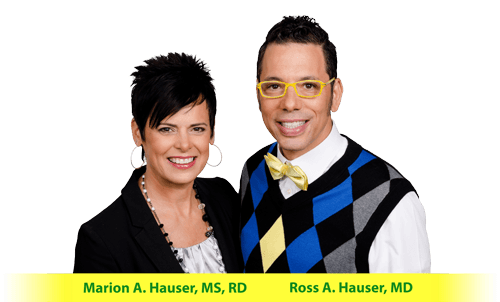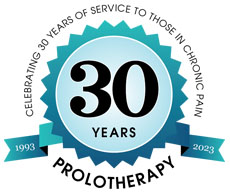 Most runners get used to nagging injuries and manage to work through them. As avid runners, we have certainly done that over the years. When we were actively running marathons one or two times per year, we experienced our share of injuries, including shin splints, plantar fasciitis, back and hip pain, as yes, knee pain.
Most runners get used to nagging injuries and manage to work through them. As avid runners, we have certainly done that over the years. When we were actively running marathons one or two times per year, we experienced our share of injuries, including shin splints, plantar fasciitis, back and hip pain, as yes, knee pain.
For most runners, injuries do not become “real” until the injury hampers them from running. Prior to that, the aches and pains, stresses and strains of running are considered “normal.” At some point, you can no longer manage the pain with foam rollers, Ben Gay, supplements, pain relievers, and various tapes and braces.
Many runners suffer from Iliotibial Band Friction Syndrome (ITBS) due to irregular compression forces between the iliotibial band and the lateral femoral condyle (the lower bony part of the thigh bone that connects to the shin bone) which causes the irritation and inflammation of the tissue, thus the other name “Runner’s Knee.” Typically, runners also have weak gluteal muscles which allows the IT band to rub against the outside of the knee joint causing friction, pain, and inflammation. Tight hip muscles are also common in runners which increases their chances of developing ITBS. Runners who over pronate, or their foot rolls in, can cause the lower leg to rotate inwards, resulting in increased friction in the knee. One other interesting cause of ITBS is running on uneven surfaces such as the beach or roads with gutters that drain to one side. We have both experienced this injury from running on uneven surfaces – so watch where you are running!
Common symptoms of Runner’s Knee or ITBS include pain on the outside of the knee, more specifically around the bony protrusion on the outside of the knee. Pain is typically progressive and gets worse over time and/or worsens as the runner runs. Sometimes the pain seems to disappear only to return once resuming training. Running downhill typically feels worse than running uphill.
Typical treatments include rest, ice, anti-inflammatory medications, stretching exercises, deep massage, and foam roller exercises. If the injury is not too extensive, these methods may work for you. If you are not getting relief from these therapies, we utilize Prolotherapy treatments at our Caring Medical office to the ligament and tendon attachments to rebuild and strengthen the soft tissue and provide beneficial outcomes, along with a gait analysis and an individualized rehabilitation program. Sometimes the problem is more systemic and involves treating the hip, knee, ankle, and/or foot.
Happy Running! We hope to see you out there running on the multi-use path or beach!



